Screw-Shaped Magnetic Microrobots to Transform Treatment for Patients with Inoperable Blood Clots
|
By HospiMedica International staff writers Posted on 26 Feb 2025 |
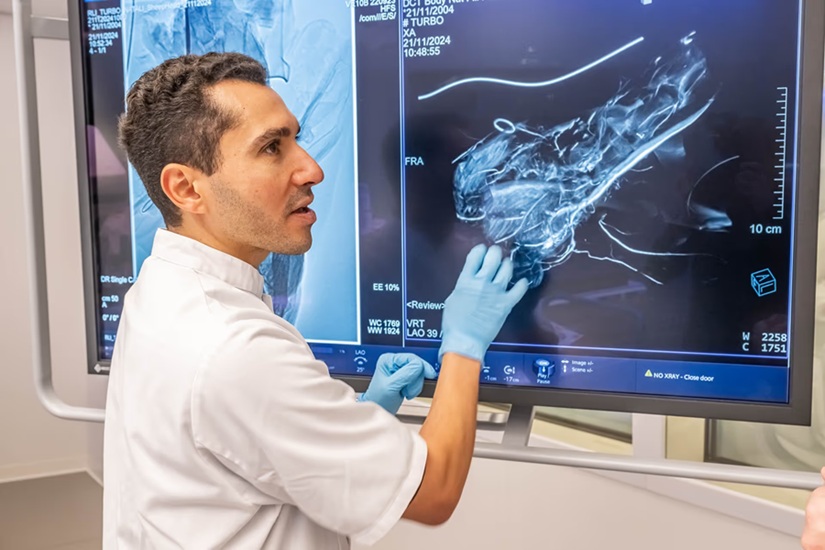
Cardiovascular conditions such as thrombosis pose a significant global health issue, with blood clots being responsible for one in four deaths worldwide each year. A blood clot can obstruct a blood vessel, preventing oxygenated blood from reaching certain parts of the body. Traditional treatments often struggle to address clots located in hard-to-reach areas. Now, the development of magnetic microrobots offers new hope for patients dealing with otherwise inoperable blood clots.
Researchers at the University of Twente (Enschede, Netherlandsl) and Radboud University Medical Center (Nijmegen, Netherlands) have successfully developed wireless magnetic robots to remove blood clots. This cutting-edge innovation is poised to revolutionize the treatment of life-threatening vascular conditions such as thrombosis. The robots are 3D-printed in the shape of tiny screws, each containing a small permanent magnet. The magnet, measuring only one millimeter in length and diameter, is strategically positioned to allow the "screw" to rotate in both directions. This capability enables the robot to move against the blood flow and then reverse direction to swim back, making it highly maneuverable. The screw design enhances its ability to effectively drill through blood clots. These microrobots are controlled wirelessly, enabling them to navigate through the complex network of blood vessels.
The study explored three approaches for removing blood clots: mechanical fragmentation, chemical dissolution, and a combination of both. The combined approach proved to be the most reliable and safe, as it both fragments the clots and dissolves the resulting pieces. Using X-ray guidance, the tiny robots can precisely target clots within intricate blood vessels. In a recent study published in Applied Physics Reviews, the researchers demonstrated the potential of these microrobots for precise, minimally invasive clot removal. During their experiments, the robots were able to remove enough of a blood clot in the iliac artery, sourced from sheep, to restore blood flow. The iliac artery was chosen due to its straight and accessible structure, which made it an ideal model for testing. Beyond just breaking up blood clots and restoring blood flow, the technology also shows promise for other applications, such as targeted drug delivery. The robots can deliver medication directly to specific areas in the body, reducing the risk of side effects in unaffected regions.
“These robots are designed to swim and perform surgeries deep inside the body, but researchers have been limited to using clear models and video cameras, or ultrasonic probes with limited range," said Aaron Becker, researcher at the University of Houston. “Real-time X-ray guidance of these tiny robots is an essential leap forward in this area. We’ve long imagined what it looks like, but now we have 3D reconstructions of blood clots as the robot dissolves them.”
Related Links:
University of Twente
Radboud University Medical Center
Latest Critical Care News
- Biodegradable Patch Repairs Damaged Tissue After Heart Attack
- Magnetically Guided Microrobots to Enable Targeted Drug Delivery

- Smart Nanomaterials Detect and Treat Traumatic Brain Injuries Simultaneously
- Earlier Blood Transfusion Could Reduce Heart Failure and Arrhythmia in Heart Disease Patients
- 'Smart' Shirt Detects Epileptic Seizures in Real Time
- Skin Patch Measures Effectiveness of Flu/COVID Vaccines in 10 Minutes
- Complete Revascularization Reduces Risk of Death from Cardiovascular Causes
- Tiny Fish-Inspired Robots Navigate Through Body to Deliver Targeted Drug Therapy
- Coronary Artery Stenosis Could Protect Patients from Pulmonary Embolism Effects
- Sweat-Powered Sticker Turns Drinking Cup into Health Sensor
- Skin-Mounted 3D Microfluidic Device Analyzes Sweat for Real-Time Health Assessment
- New Therapeutic Brain Implants to Eliminate Need for Surgery
- Stem Cell Patch Gently Heals Damaged Hearts Without Open-Heart Surgery
- Biomaterial Vaccines to Make Implanted Orthopedic Devices Safer
- Deep Learning Model Predicts Sepsis Patients Likely to Benefit from Steroid Treatment
- Programmable Drug-Delivery Patch Promotes Healing and Regrowth After Heart Attack
Channels
Critical Care
view channel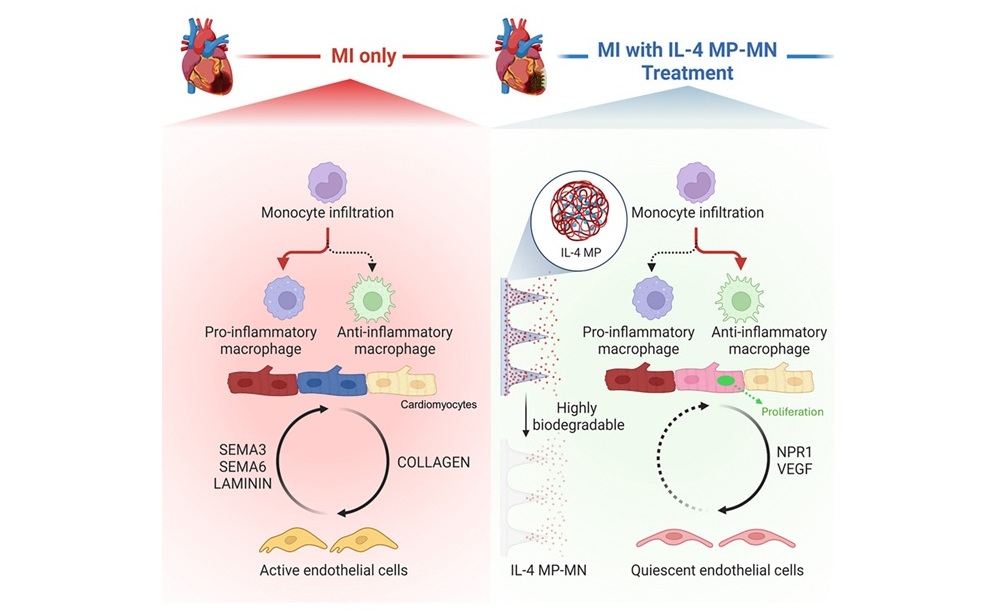
Biodegradable Patch Repairs Damaged Tissue After Heart Attack
A heart attack causes sudden loss of oxygen to the heart muscle, triggering cell death and a strong inflammatory response that often leads to scar formation. While scarring helps stabilize the heart, it... Read more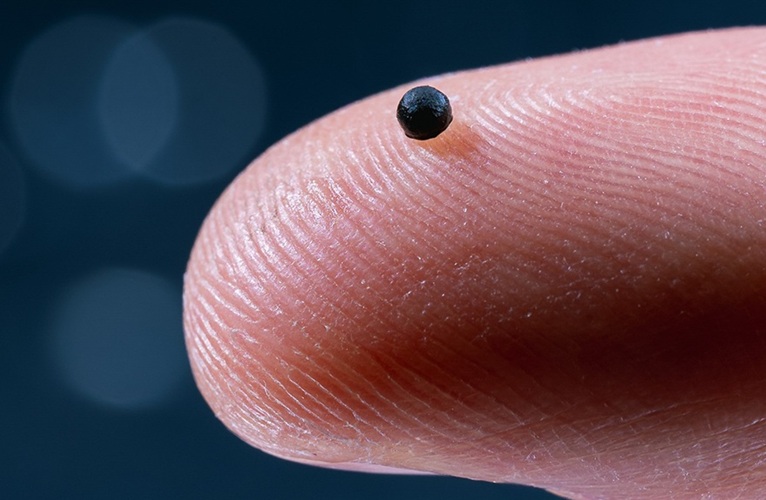
Magnetically Guided Microrobots to Enable Targeted Drug Delivery
Stroke affects 12 million people globally each year, often causing death or lasting disability. Current treatment relies on systemic administration of clot-dissolving drugs, which circulate throughout... Read more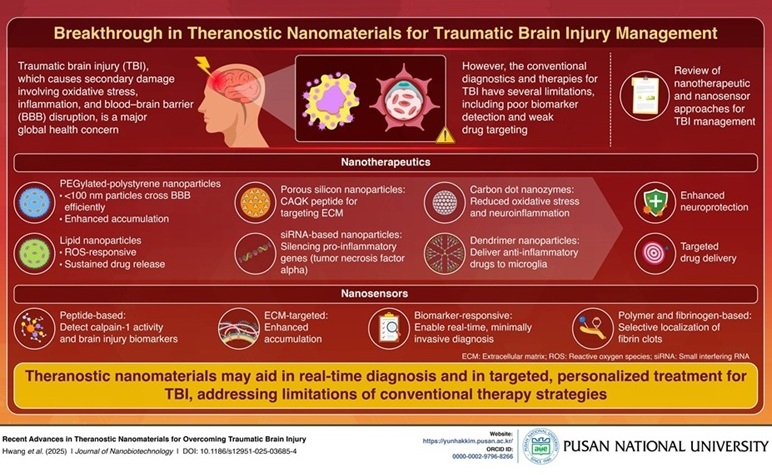
Smart Nanomaterials Detect and Treat Traumatic Brain Injuries Simultaneously
Traumatic brain injury (TBI) continues to leave millions with long-term disabilities every year. After a sudden impact from a fall, collision, or accident, the brain undergoes inflammation, oxidative stress,... Read more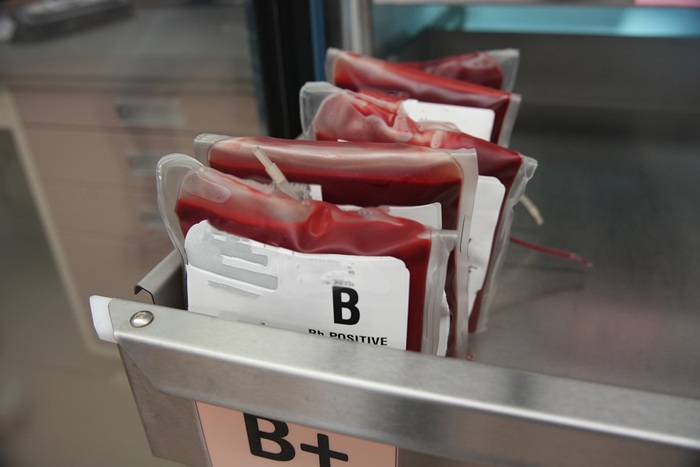
Earlier Blood Transfusion Could Reduce Heart Failure and Arrhythmia in Heart Disease Patients
Blood loss during or after surgery can place significant stress on people with heart disease, increasing the risk of dangerous complications. Transfusions are often delayed until hemoglobin levels fall... Read morePatient Care
view channel
Revolutionary Automatic IV-Line Flushing Device to Enhance Infusion Care
More than 80% of in-hospital patients receive intravenous (IV) therapy. Every dose of IV medicine delivered in a small volume (<250 mL) infusion bag should be followed by subsequent flushing to ensure... Read more
VR Training Tool Combats Contamination of Portable Medical Equipment
Healthcare-associated infections (HAIs) impact one in every 31 patients, cause nearly 100,000 deaths each year, and cost USD 28.4 billion in direct medical expenses. Notably, up to 75% of these infections... Read more
Portable Biosensor Platform to Reduce Hospital-Acquired Infections
Approximately 4 million patients in the European Union acquire healthcare-associated infections (HAIs) or nosocomial infections each year, with around 37,000 deaths directly resulting from these infections,... Read moreFirst-Of-Its-Kind Portable Germicidal Light Technology Disinfects High-Touch Clinical Surfaces in Seconds
Reducing healthcare-acquired infections (HAIs) remains a pressing issue within global healthcare systems. In the United States alone, 1.7 million patients contract HAIs annually, leading to approximately... Read moreHealth IT
view channel
EMR-Based Tool Predicts Graft Failure After Kidney Transplant
Kidney transplantation offers patients with end-stage kidney disease longer survival and better quality of life than dialysis, yet graft failure remains a major challenge. Although a successful transplant... Read more
Printable Molecule-Selective Nanoparticles Enable Mass Production of Wearable Biosensors
The future of medicine is likely to focus on the personalization of healthcare—understanding exactly what an individual requires and delivering the appropriate combination of nutrients, metabolites, and... Read moreBusiness
view channel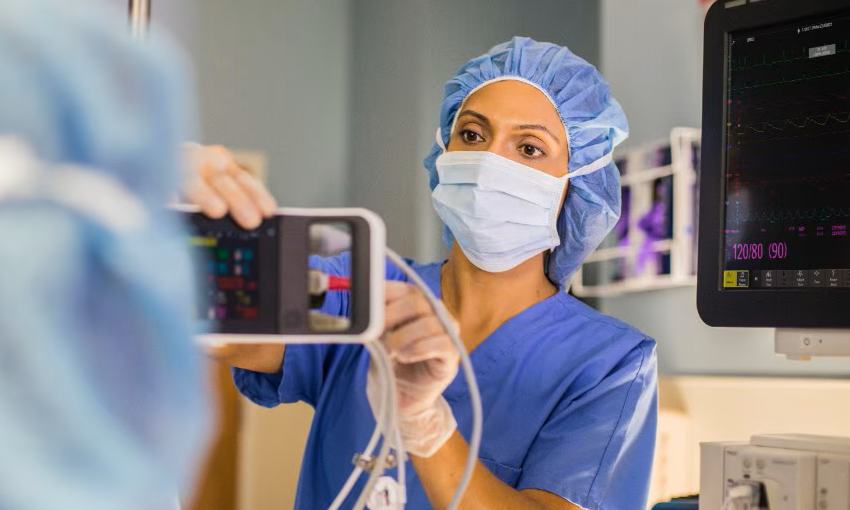
Philips and Masimo Partner to Advance Patient Monitoring Measurement Technologies
Royal Philips (Amsterdam, Netherlands) and Masimo (Irvine, California, USA) have renewed their multi-year strategic collaboration, combining Philips’ expertise in patient monitoring with Masimo’s noninvasive... Read more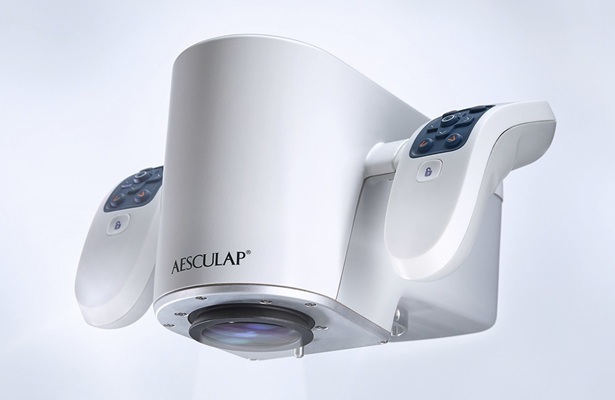
B. Braun Acquires Digital Microsurgery Company True Digital Surgery
The high-end microsurgery market in neurosurgery, spine, and ENT is undergoing a significant transformation. Traditional analog microscopes are giving way to digital exoscopes, which provide improved visualization,... Read more
CMEF 2025 to Promote Holistic and High-Quality Development of Medical and Health Industry
The 92nd China International Medical Equipment Fair (CMEF 2025) Autumn Exhibition is scheduled to be held from September 26 to 29 at the China Import and Export Fair Complex (Canton Fair Complex) in Guangzhou.... Read more













